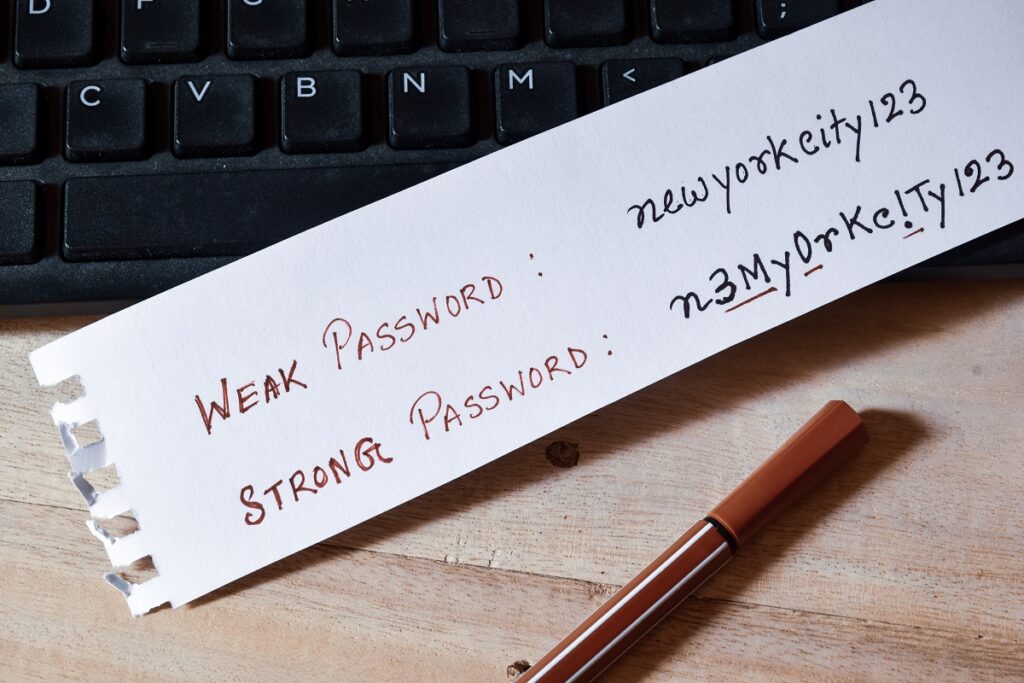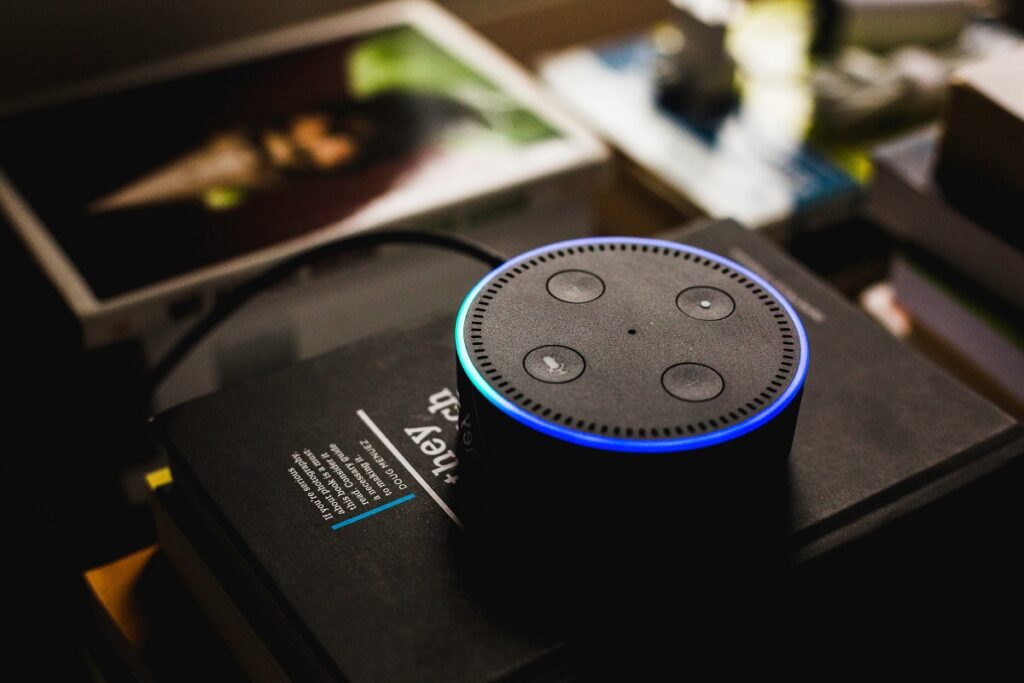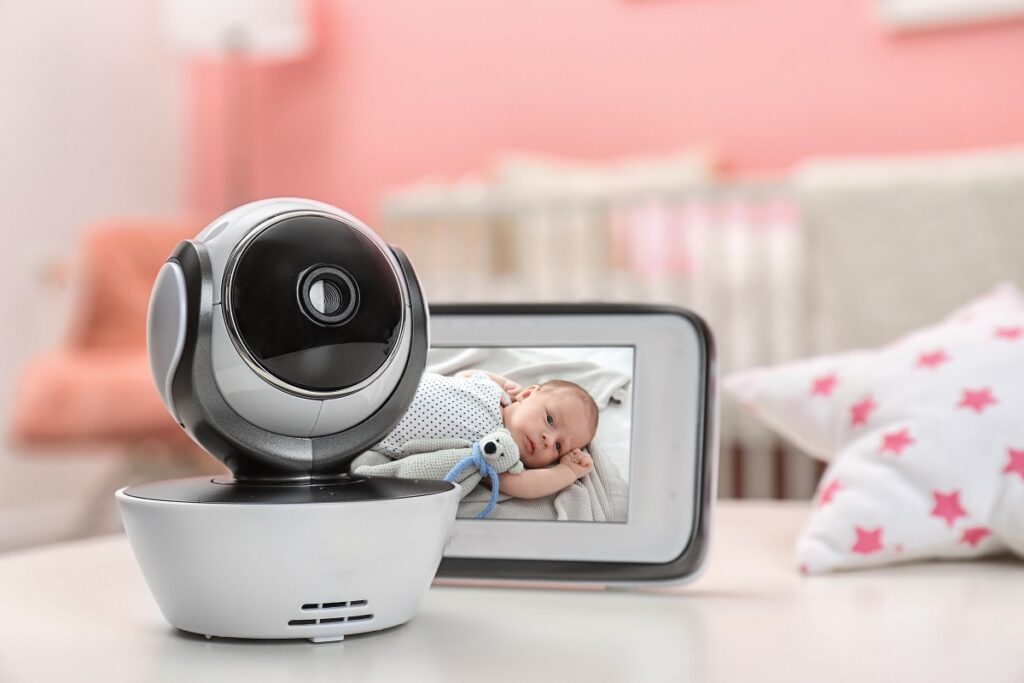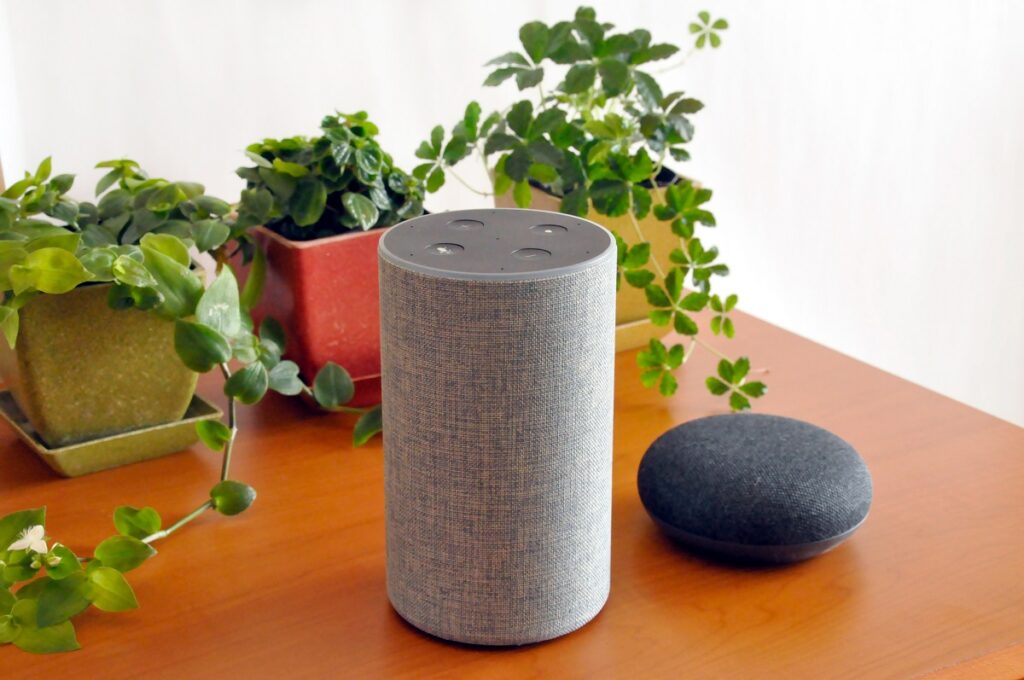Example of expert content available in the vipHome.app
The average American home now has 20.2 connected devices inside of it, and by 2025, the number of smart homes in the U.S. is expected to reach 77 million. Unfortunately, like any connected device, smart home tech can be hacked.
“If you have a lot of smart home devices and think there’s no reason to be concerned – it’s a recipe for disaster,” says Eugenia Blackstone, Chief Marketing Officer at Iris® Powered by Generali. “It’s important to educate yourself and know what you can do to reduce your risk.”
Eugenia recently stopped by the vipHome Podcast and shared with us simple ways to help protect your smart home from hackers and other digital threats.
Is the threat real?
Almost three in four homeowners with smart home tech devices worry that someone can gain access to their device without their permission, but is the threat real? Unfortunately, the answer is yes. In fact:
- 9% of families have had hackers gain access to a device.
- 16% had their personal data sold to other companies.
- 11% had suffered some sort of virus or spyware infection on their device.
“On top of that, smart tech owners deal with issues like their private information becoming public, companies using or tracking their online activity for purposes the user didn’t intend or consent to,” says Eugenia.
There have been unwanted recordings of homeowners’ voices, images, and activities, which can lead to identity theft.
“Hackers are always trying to be one, two, three steps ahead, so it’s important that you do as much as you can to reduce your risk,” says Eugenia.
Six steps to a safer smart home
While you can’t protect your home from every digital threat, these seven simple steps can help to lower your risk of a smart home hack and can help to keep personal information private.
Step 1: Gain awareness.
Before you can protect your home, you must understand the digital threats that can harm it and your smart home tech.
“Educating yourself automatically brings your risk down,” says Eugenia.
Step 2: Change your passwords.

This easy and simple step is often overlooked, but its importance cannot be understated.
“Anything you can do to consistently change your passwords and use unique passwords is going to drastically lower your risk,” says Eugenia.
Also, avoid reusing passwords. If one password is compromised, all the accounts that use that password will be compromised. If one of them is your email or other sensitive accounts, you could be in trouble.
“Around tax time, you may have your Social Security number in there, W-2s, things like that, in your email,” says Eugenia.
So, make sure to update your passwords frequently and limit your password usage to one account.
Step 3: Set up a separate Wi-Fi router for your smart home devices.
Some experts recommend setting up two separate secure Wi-Fi networks at home – one for your personal devices and one for your smart home products.
“Now you’ve got two different networks that you’re managing and passwords you need to remember,” says Eugenia, “but that can be beneficial and help to protect your personal information and privacy.”
Step 4: Update your devices.

Many major data breaches in the last 10 years have been attributed to ignored security updates.
“Most of the time, those device updates are patching some sort of security vulnerability that the company has either discovered or that’s been made aware to them,” says Eugenia.
Updates are the manufacturer’s way of correcting a security issue.
“If you’re not doing the updates, then you’re really leaving yourself an open door for cyber criminals to attack,” says Eugenia.
Keep in mind: You can set your devices to auto-update and some devices may need to be plugged in or have a certain battery percentage to update.
“It’s also not a bad practice to check every 30 days or so and make sure the updates have downloaded,” says Eugenia.
Step 5: Consider security add-ons.
Add-ons can provide additional security to your smart home tech devices. The most common add-ons to security are firewalls and antivirus software, which have become ubiquitous.
“Both of those are incredibly important in protecting devices from hackers and are pretty common now on a lot of devices,” says Eugenia.
Additional security add-ons may include:
- Anti-phishing programs that can detect software that is known for phishing.
- Anti-ransomware that can help protect users’ data and prevent an attack.
- A data scrambler that changes keystrokes to protect passwords and other information.
“We have some ways to go before some of the best things out there become basic add-ins,” says Eugenia. “The best thing consumers can do is really be proactive about asking, ‘What sort of additional protections do I get with this device?’”
Step 6: Do your due diligence.

Before you ever buy a smart home device, research the manufacturer. Look at their website to see which can provide you with protection and value privacy. Consider calling their customer service to learn more about their product and security protocols.
“It is something that may in the moment feel like a headache, but it may end up saving you a huge headache down the road,” says Eugenia.
Make sure to choose companies that demonstrate a commitment to data privacy.
“Companies do this by making it easy to set up automatic updates on their devices or proactively partnering with a provider, like Iris, to offer you identity protection or online data protection,” says Eugenia.
What to do if your smart home tech is hacked
There are a variety of ways that hackers can infiltrate your system. One of the most common is through your Wi-Fi network. Once hackers gain access to your network, they have access to any device connected to it.
Hackers can also enter through a particular device – a smart light bulb, baby monitor, or a video doorbell. With the exception of ransomware, most homeowners won’t know they have been hacked until long after it’s happened.

Once you notice anomalies, such as devices moving very slowly or acting oddly, the first thing you should do is unplug, shut off the power source, and/or disconnect the device. Then reach out to the manufacturer of the device, who can help get the device working safely and properly again. Of course, make sure you contact the actual manufacturer.
“Make sure you’re going to that device’s website and looking up the customer service for that device, not just contacting some random tech support, not asking Alexa to contact tech support for you,” warns Eugenia.
Some scammers will purposely infiltrate a system and tell you the system has been compromised to trigger a call to a phony tech support number. That’s why it’s important to keep ahead of hackers and update your devices, change your passwords, and complete other safety protocols.
“The bad guys are always working to stay one step ahead, so it’s really important that customers be vigilant,” says Eugenia.


